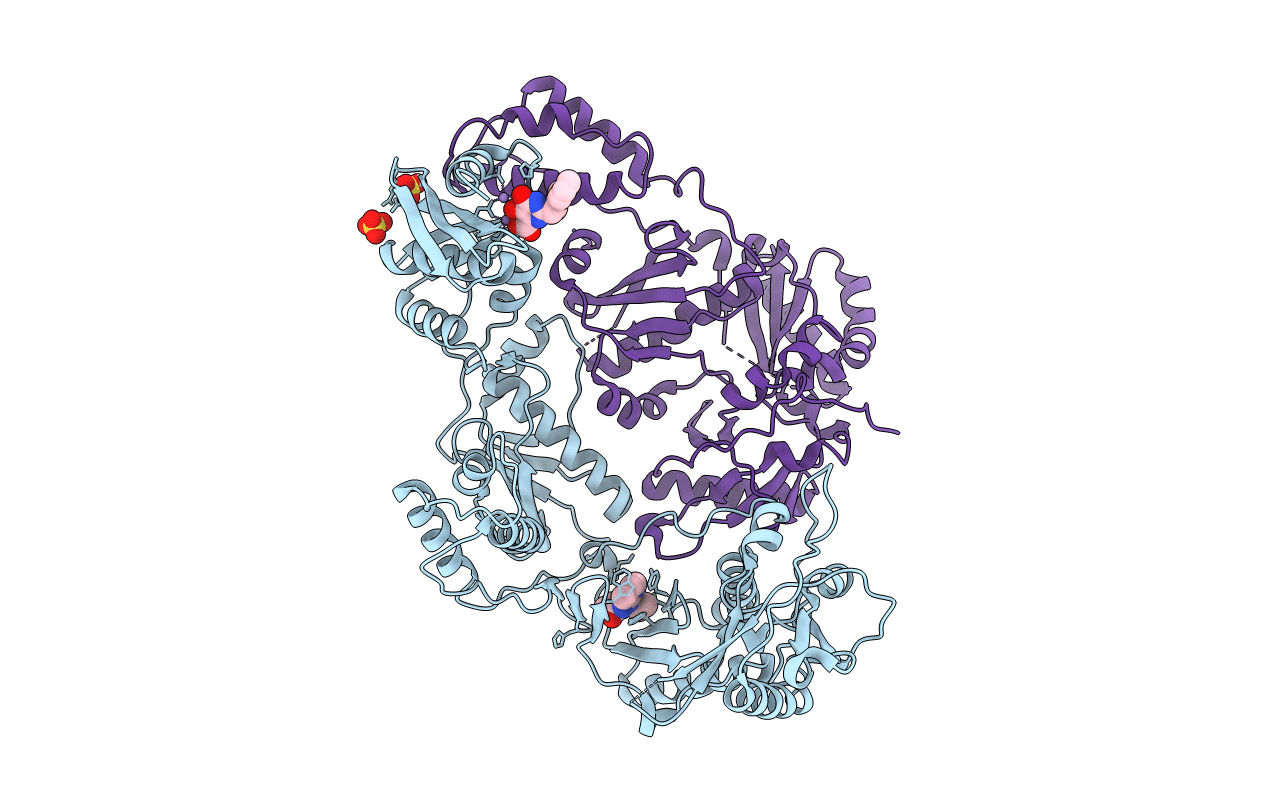
Deposition Date
2011-01-27
Release Date
2011-04-20
Last Version Date
2023-09-13
Entry Detail
PDB ID:
3QIP
Keywords:
Title:
Structure of HIV-1 reverse transcriptase in complex with an RNase H inhibitor and nevirapine
Biological Source:
Source Organism:
HIV-1 M:B_HXB2R (Taxon ID: 11706)
Host Organism:
Method Details:
Experimental Method:
Resolution:
2.09 Å
R-Value Free:
0.26
R-Value Work:
0.21
R-Value Observed:
0.21
Space Group:
C 2 2 21


